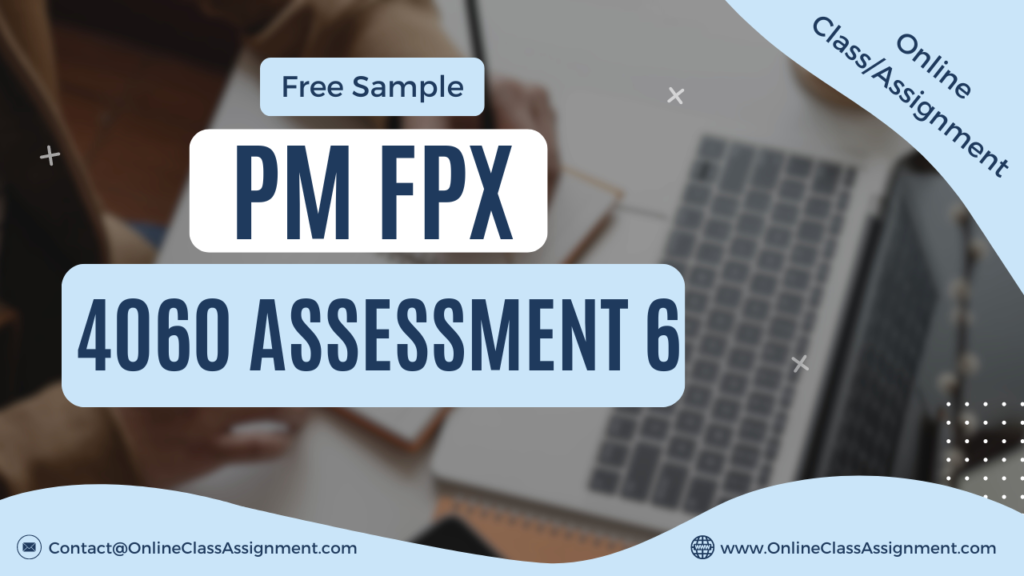
PM FPX 4060 Assessment 6 High-Risk / Complex Project Management
Student Name
Capella University
PM-FPX4060 Risk Management in Project Management
Prof. Name
Date
Adapting an approach to quantitative risk analysis for a high-risk project
One of the essential tasks a Project Manager (PM) must address is assessing potential risks to the project. Additionally, analyzing the complexity and level of risk through quantitative risk analysis (QRA) can help estimate the effect of risk on the project’s scope, schedule, and budget. This analysis provides insights into how the project may perform and whether it will be successful or face challenges. Techniques for determining QRA involve evaluating the team’s cost and time estimates and comparing them to lessons learned and historical records from similar previous projects. Interviews with stakeholders and subject matter experts (SMEs) regarding potential risks are crucial, as their expertise provides valuable insight. PMs should develop skills to recognize and analyze known risks while researching and identifying unknown risks that could impact the project’s success (Thamhain, 2013). Moreover, a SWOT analysis can help identify potential risks, and a Risk Matrix or Log should be regularly updated to include risks, complexity, responses, categories, causes, mitigation strategies, and the roles and responsibilities of team members.
As part of adapting to potential risks and their complexity, PMs must identify risks that could cause project delays, such as the case of Alfred! Personal Security Device at CapraTek. Brandon Matthews, the Software Architect, expressed concerns about the lack of personnel resources, which could impact the schedule and lead to scope creep, potentially causing project failure. Furthermore, the lack of compatibility between new and existing software, as well as possible issues with quality assurance (QA) and testing, could affect the project schedule and costs. There are also concerns about the product’s reliability, its intended capabilities, and whether the product will succeed in deployment compared to competitors’ offerings. Additionally, there is a risk that CapraTek’s partners could develop a similar product, leading to product competition (CapraTek, n.d.).
Risk audit report strategy
Identifying and assessing all project risks, whether high or low, is part of a risk audit or review conducted by PMs to ensure that the project remains on schedule and within budget. Risk audits are performed consistently throughout the project lifecycle to promote success. Risk auditors and PMs objectively examine all aspects of potential risk through team interviews, the development of a scoring system, and critical success factors that indicate the project’s health. They also collect and analyze evidence to provide reports with recommendations for improvements. Follow-up audits are crucial to verify that recommendations are being implemented and adhered to and to determine whether further analysis or changes are necessary (Wooten, 2020).
In CapraTek’s case, interviews with SMEs raised issues that should be addressed in the future. These include the need for more innovative market analysis and the potential for market overcrowding with similar devices to Alfred! Although communication between teams had improved, there were still unclear requirements that contributed to project delays (CapraTek, n.d.).
Best practices in preparing for a high-risk task
The best approach to handling high-risk tasks is to analyze the project from the outset. PMs should consider all potential weaknesses, strengths, and opportunities for improvement throughout the project. All known and unknown risks, as well as constraints, must be identified and listed in the project plan, encompassing technological, commercial, managerial, and external risks. These risks should be managed through interviews with team members at the beginning and throughout the project and recorded in the Risk Register for documentation and future assessment.
Effective management of high-risk elements requires ongoing risk identification, analysis, mitigation, and monitoring throughout the project. In the CapraTek scenario, interviews with SMEs highlighted several high-risk factors, such as insufficient resources, vague communication, inadequate marketing analysis, and insufficient customer support post-software delivery. While some issues were addressed, challenges persisted, leading to the recommendation of a risk audit with an external auditor to provide an objective perspective (CapraTek, n.d.).
Risk management is a crucial aspect of project planning and execution. Properly identifying, analyzing, and continuously managing risks significantly impacts project success. Failure to address both low and high risks from the beginning can lead to unmet objectives and, in some cases, total project failure.
References
CapraTek Activity (n.d.). Quantitative Risk Analysis. Retrieved from: https://media.capella.edu/CourseMedia/pm-fpx4060element236967/wrapper.asp#
Thamhain, H. J. (2013). Managing risks in complex projects. Paper presented at PMI® Global Congress 2013—North America, New Orleans, LA. Newtown Square, PA: Project Management Institute. Retrieved from: https://www.pmi.org/learning/library/managingrisks-complex-projects-5946
PM FPX 4060 Assessment 6 High-Risk / Complex Project Management
Wooten, P. (2020). Risk Audit. Retrieved from: https://www.projectmanagement.com/wikis/346698/Risk-audit
Get Capella University Free MBA Samples
HRM FPX 5025
HRM FPX 5122
HRM FPX 5310
LEAD FPX 5210
MBA FPX 5002
LEAD FPX 5220
MBA FPX 5006
MBA FPX 5008
